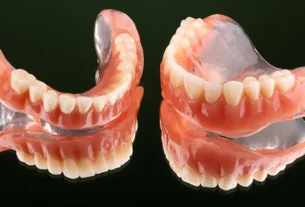Ten minutes of electric recharge for 300 kilometers of autonomy: this is the promise of a brand new battery developed by American researchers.
There are still many brakes on the purchase of an electric car. The price, on the one hand. Autonomy, on the other hand. But also the charging time still too slow. A team of researchers announced that they have developed a new battery capable of responding to these last two obstacles.
“We have demonstrated that we can charge an electric vehicle in 10 minutes for 200 to 300 km,” said chemical engineer Chao-Yang Wang of Penn State University. And we can do it for 2,500 charging cycles, which is half a million kilometers of travel. ”
The problem of heat
Lithium-ion batteries, used in electric cars like in your smartphone, have a deadly enemy: heat. Exposed to temperatures too hot, the batteries indeed see their life considerably reduced because of lithium deposits that form around the anode during charging. In extreme cases, they can even explode.
Yet it is the heat that would accelerate the cooldown. In the end, the solution is also the problem. What these researchers propose is to increase the temperature for brief periods. What will allow the batteries to recharge faster, while reducing the risk of deterioration.
A recharge in 10 minutes
On paper, it makes sense. But still it was necessary to find the right formula. The right balance. Researchers here discovered that heating batteries at a temperature of 60 degrees Celsius for about 10 minutes reduced charging time, while minimizing the risk of overheating. As a result, the battery is more efficient and lasts longer.
For now, this study is only experimental. Moving to an industrial level will probably take several years. Before marketing these batteries, researchers will have to make sure that these extremely fast charging techniques are stable and sufficiently safe. In other words, ensure that they do not explode in the hands of drivers.
Only when these obstacles are overcome can electric cars really compete with internal combustion engines and make a difference.

Email: ben@satprwire.com Phone: +44 20 4732 1985
Ben has been listening to the technology news for quite some time that he needs just a single read to get an idea surrounding the topic. Ben is our go-to choice for in-depth reviews as well as the normal articles we cover on a normal basis.



